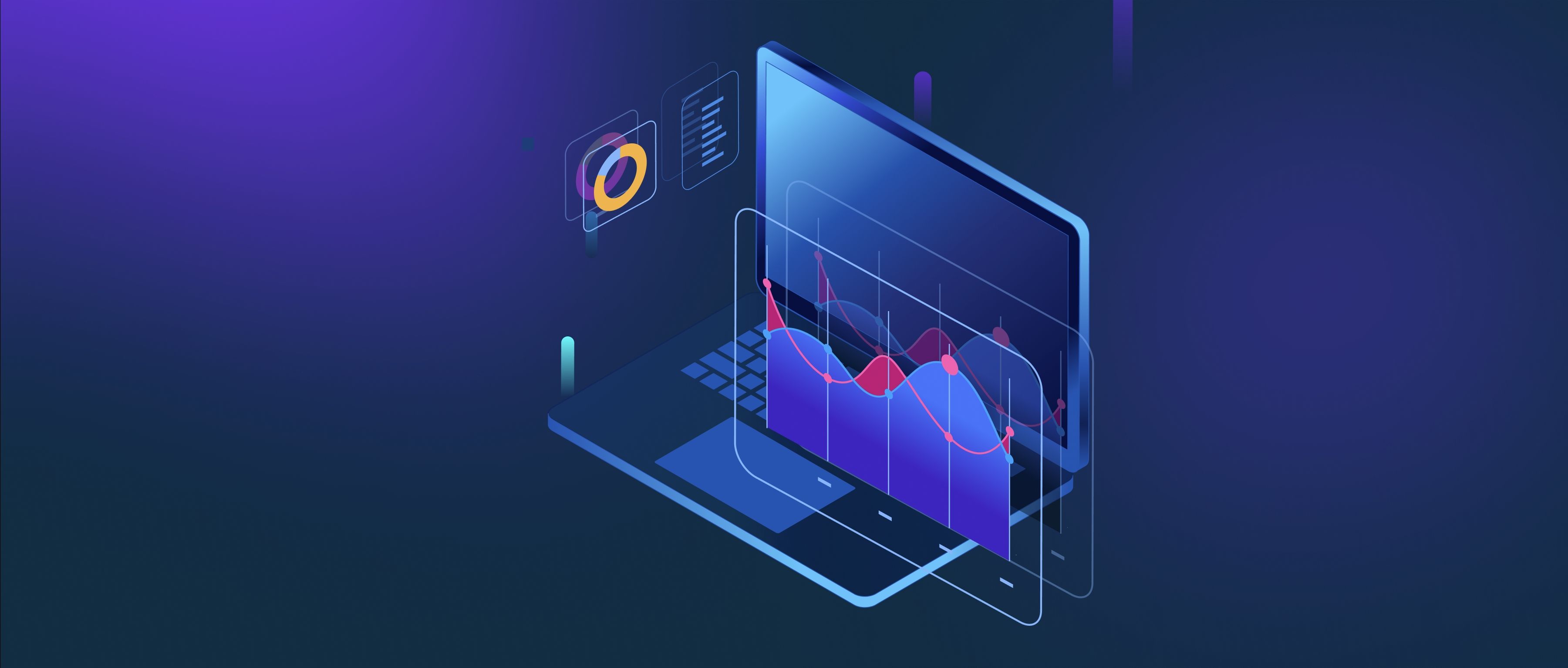Several technologies are emerging to streamline ETL (Extract, Transform, Load) operations, addressing traditional challenges like complexity, scalability, and maintenance. These innovations focus on automation, flexibility, and integration with modern data architectures.
1. Cloud-Native ETL Services Platforms like AWS Glue, Azure Data Factory, and Google Cloud Dataflow simplify ETL by offering serverless, fully managed environments. These tools eliminate infrastructure management and automatically scale resources based on workload demands. For example, AWS Glue provides a visual interface to design ETL jobs, automatically generates code for transformations, and handles metadata management through a centralized catalog. Similarly, Azure Data Factory integrates seamlessly with Azure Synapse for hybrid data scenarios, enabling low-code transformations. These services reduce operational overhead by abstracting cluster management and optimizing execution plans, making ETL pipelines faster to develop and cheaper to run.
2. Data Orchestration with Workflow-as-Code Tools like Apache Airflow, Prefect, and Dagster allow developers to define ETL pipelines programmatically using Python or YAML. Airflow’s Directed Acyclic Graphs (DAGs) model dependencies between tasks, enabling retries, monitoring, and error handling. Prefect adds features like dynamic workflows and parameterized execution, which are useful for complex pipelines. These tools integrate with transformation frameworks like dbt (data build tool), letting teams write SQL-based transformations that version-control logic and enforce testing. By codifying workflows, teams gain reproducibility, easier debugging, and alignment with DevOps practices like CI/CD.
3. Modern Transformation Tools and ELT Shifts Technologies like dbt and low-code platforms (e.g., Talend, Matillion) simplify transformations by decoupling them from extraction and loading. dbt enables analysts to build transformation pipelines using SQL, with features like modular code reuse and automated documentation. This aligns with the ELT (Extract, Load, Transform) paradigm, where raw data is loaded first into cloud warehouses (e.g., Snowflake, BigQuery), and transformations occur in-database for scalability. Low-code tools provide drag-and-drop interfaces for non-developers, reducing reliance on custom scripting. Combined with real-time streaming tools like Apache Kafka or Debezium for CDC (Change Data Capture), these approaches support both batch and event-driven ETL.
These technologies reduce manual effort, improve collaboration, and adapt to modern data demands, making ETL more accessible and efficient for developers.
